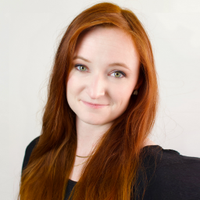
Shannon Burns, PhD
@shannon47burns
Assistant Prof @pomonacollege of Psychology & Neuroscience | No longer monitoring this account, please find me on BlueSky at shannon47burns.bsky.social
ID: 763835287332061188
http://shannonmburns.com 11-08-2016 20:31:38
1,1K Tweet
886 Followers
310 Following
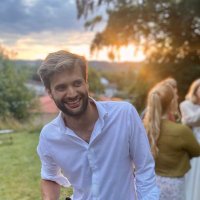
🧵1/ Ever wondered what makes for a good conversation? Shannon Burns, PhD Diana Tamir Communication Neuroscience Lab @L_MwilambweT, Lily Tsoi and I used fMRI hyperscanning to answer this question by tracking the dynamics of naturalistic conversations. Now out in Nature Communications! doi.org/10.1038/s41467…
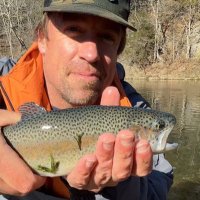


ATTN: Prospective Psych & Neuro doctoral students Sign-up for the Boston College Pre-Doctoral Mentorship Program for 1-on-1 mentorship to psych & neuroscience doctoral programs. Sign-up ASAP, deadline 11/15. For more information and FAQs please visit: shorturl.at/fklxY





ONE MORE WEEK to apply to our computational neuroscience position Pomona College! If you study the computational processes of the brain (broadly defined), and value both teaching and research opportunities, we'd love to see your application.

How do we reach agreement? @HaranSened,Shannon Burns, PhD Diana Tamir Communication Neuroscience Lab @L_MwilambweT, Lily Tsoi and I just published a preprint on the conversational dynamics supporting agreement. Dive in to see how exploring diverse perspectives makes a difference. [1/8] 🧵

Very honored to share that our paper on how (and why) strong situations impact behavioral variance is finally out at *JPSP*! 🌷☺️ Isabel Thielmann Reinout E. de Vries, daniel balliet Check it out ➡️ dx.doi.org/10.1037/pspi00…
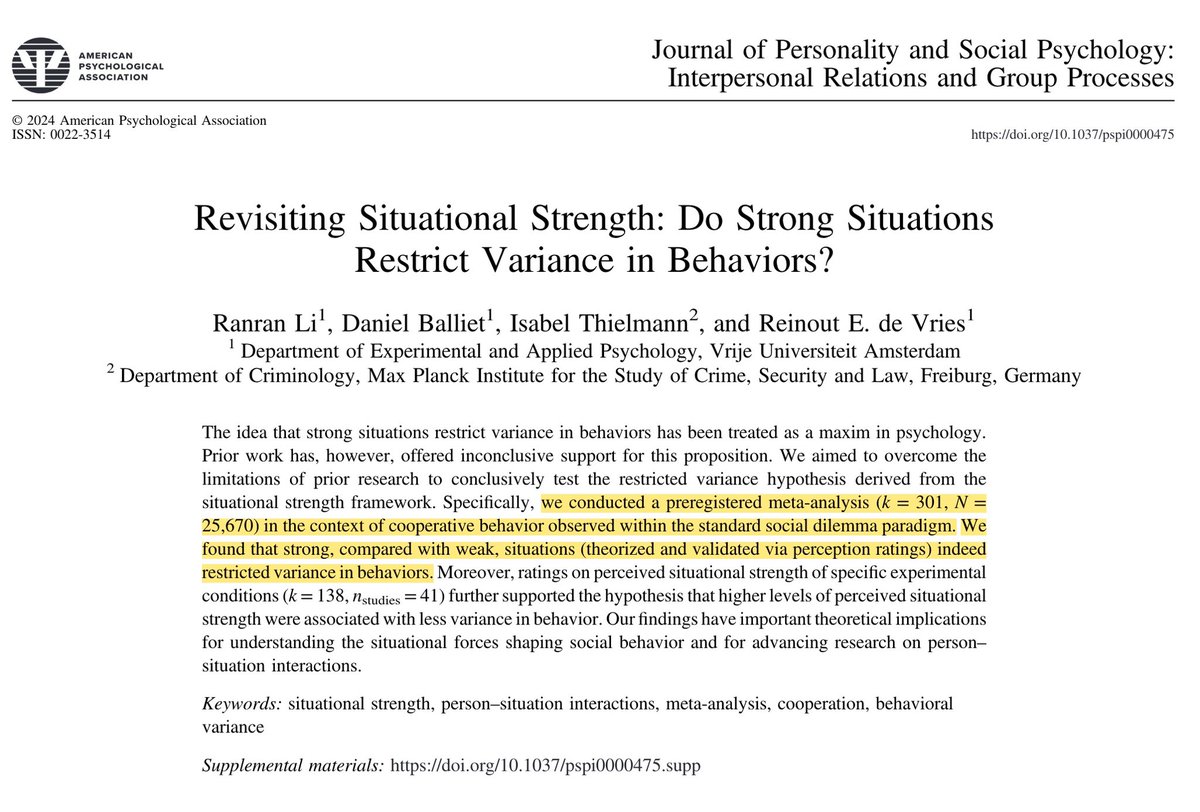
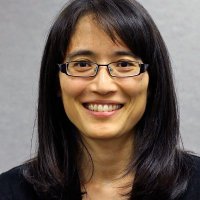
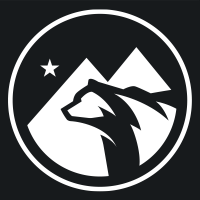
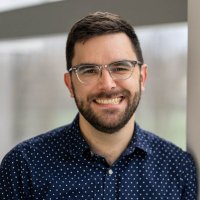
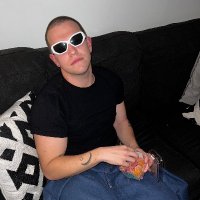

Failures are hard to learn from, not just because they are unpleasant, but also because they appear uninformative, research by Ryan Carlson and Ayelet Fishbach suggests. Overcoming these difficulties requires addressing both emotional and cognitive barriers: buff.ly/3ynp3HD

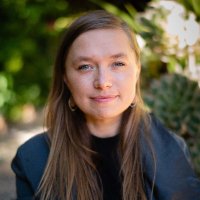

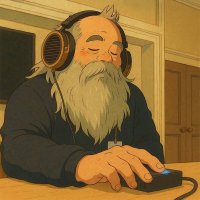
New Paper: Stanford researcher (Joon Sung Park) discovers how to clone human personalities and inject them into AI Agents 🧠 This builds on last year's paper which put 1000's of fully automated agents in a simulated town. The results are wild. 👇





